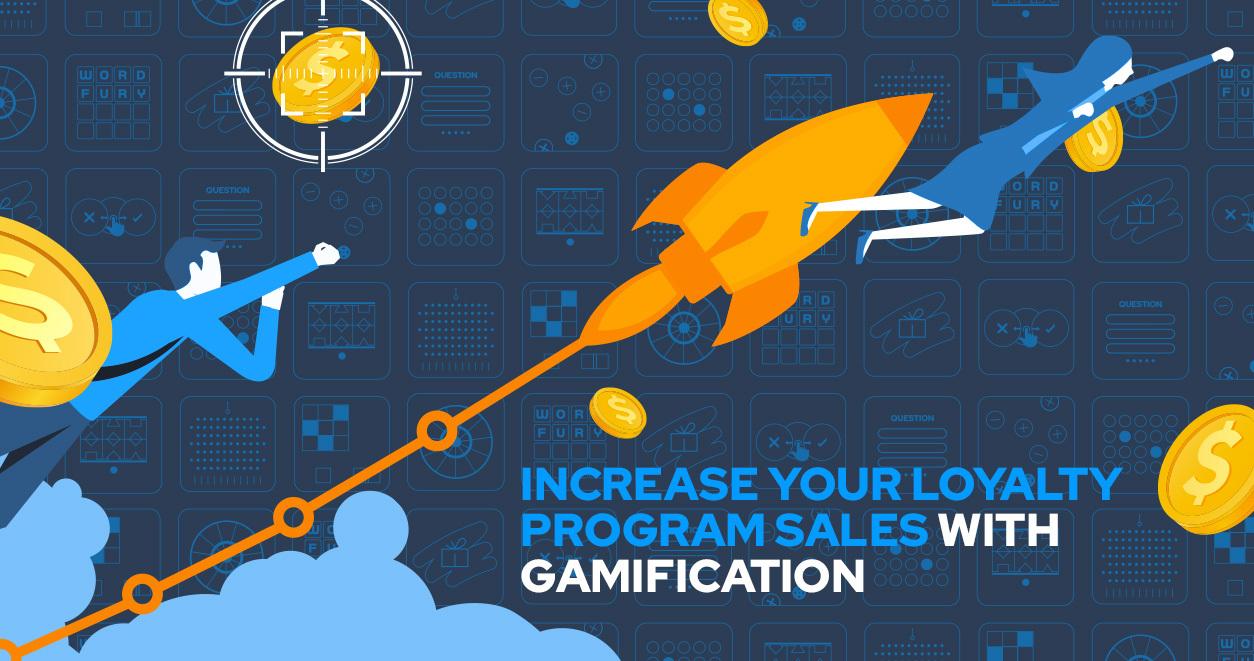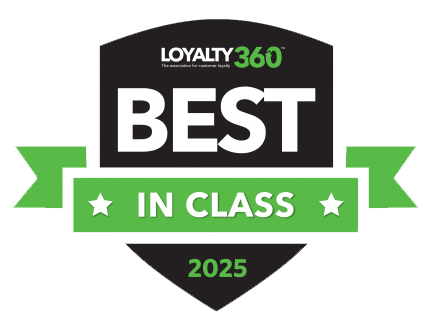Gamification in advertising is powerfully effective, primarily due to the underlying motivation psychology it uses. We’ll discuss how—and why— the psychology of gamification works while providing examples of gamification campaigns that successfully use this method of motivation psychology.
Why Does Gamification Work?
The American Psychological Association defines motivation as “the impetus that gives purpose or direction to behavior and operates in humans at a conscious or unconscious level.”
At a primary level, we’re all motivated by immediate physical needs, like hunger and sleep. Everything else that drives us stems from our instinctive desire to be rewarded and the brain chemicals that come with it.
Whether this motivation is from competition against others or an inner drive to accomplish our goals, gamification activates our desire to engage in activities that reward our behavior.
The Chemicals
The elemental psychology behind gamification is effective because of the chemicals activated in the body. Specifically, dopamine is released in the brain as a reward for accomplishing a task. Dopamine causes an excitatory reaction that feels good and further motivates the activity we associate with that positive feeling.
After completing an enjoyable, valuable task, neurons pass this pleasurable chemical throughout your brain.
People are motivated to accomplish tasks based on what they believe is essential, but the chemical reward reinforces behavior when we follow through.
Motivation Science
In their research study on motivation, DiMenichi and Tricomi display how people are driven by competition, reward, and achievement. These powerful motivators have a lasting impact on memory and attention.
In a time where advertisers fight over audience attention, the psychology of gamification reinforces the connection users develop with a brand through enjoyable, interactive experiences.
Based on four decades of research on human motivation, Daniel Pink, the author of Drive, identifies three main driving forces.
1. Independence
We all are motivated by the desire to control our choices, and gamification helps us take charge of mundane tasks through rewarding interactions.
A great example is how the app Fortune City helps users keep up with their expenses. With Fortune City, users keep track of their daily transactions. When they categorize these transactions, the app constructs city structures corresponding to each category.
For example, adding your lunch purchase will begin construction on a food-related building in the city.
2. Value
Consumers trade value to get value—the dopamine hit one receives from completing a task must tip in favor of the player, not the brand. In other words, to effectively engage someone, a game’s benefit must far outweigh the effort extended to reach an end goal.
A great example of assigning value to a goal comes from Simple Energy, which uses gamification to incentivize users looking to reduce their energy consumption. It offers competitions and leaderboard ranking to make it fun for people to become more energy efficient.
3. Mastery
Mastery is about our desire to develop a skill and our willingness to overcome obstacles. Gamification operates on positive reinforcement to help drive the user to their final goal.
For example, Headspace understands developing long-term brand loyalty takes more than a simple reward system. Therefore, they use leaderboards and badges to encourage consumer behavior.
When people are driven to master a fun, engaging game, recognition builds that long-term bond between a company and its customers. When we’re recognized for our accomplishments, we get that all-important dopamine reinforcement to seal the deal.
The Psychology of Gamification in Action
Now, let’s look at some examples of gamification campaigns that have successfully activated the power of motivation psychology:
The Man Company
Men’s grooming and wellness brand The Man Company developed a gamification loyalty program called “The Man Wallet.” Customers are rewarded with a rise in their tiered ranking the more they interact with the brand, receiving progressively greater rewards as an incentive to make new purchases.
Ruby Tuesday
The multinational foodservice retailer Ruby Tuesday successfully used a birthday-theme slot machine game powered by the CataBoom Catapult platform to collect data and engage consumers. After signing up, customers tried their luck at winning a mix of instant and sweepstakes prizes, garnering a 50% increase in website returns. The suspense of where the machine will land (matched with the desire to rack up rewards) was highly effective.
Lazada
Lazada is a Singapore-based eCommerce company using gamification across multiple aspects of its platform. Lazada use gamification for rewards, giveaways, and vouchers, and its app incorporates these into the shopping experience.
It includes coins and collectibles, daily bonuses, and countdown timers to activate urgency and excitement through the shopping lifecycle. If a user is sitting on the fence about a purchase, the pressure of time and the incentive of rewards can make a huge impact.
Capitalize on the Science of Gamification with CataBoom
Gamification can take many forms, but it’s always the most effective when intentionally designed around the underlying motivation psychology. And CataBoom is an expert in unlocking the power of gamification to drive consumer behavior, boost engagement, and accomplish your campaign goals.
We’ve seen how gamified advertising is effective across an expansive range of industries—let’s talk about how we can put it to work for you.
Get in touch with us today to discover how the psychology of motivation through gamification can help elevate your next campaign!








